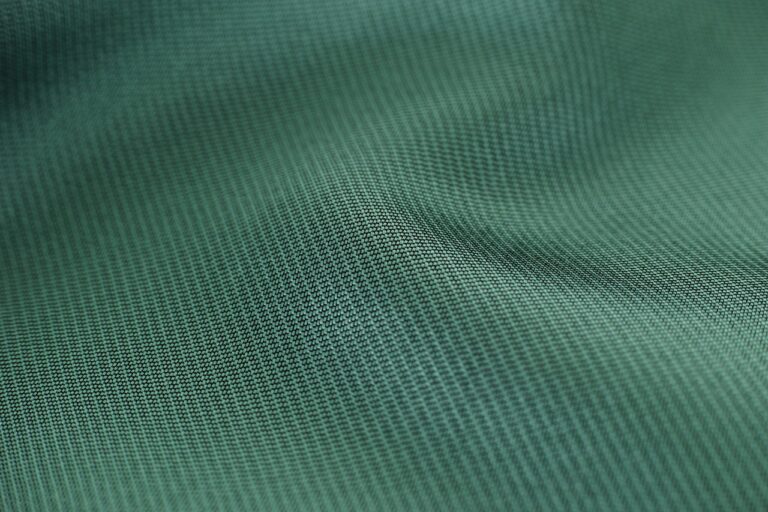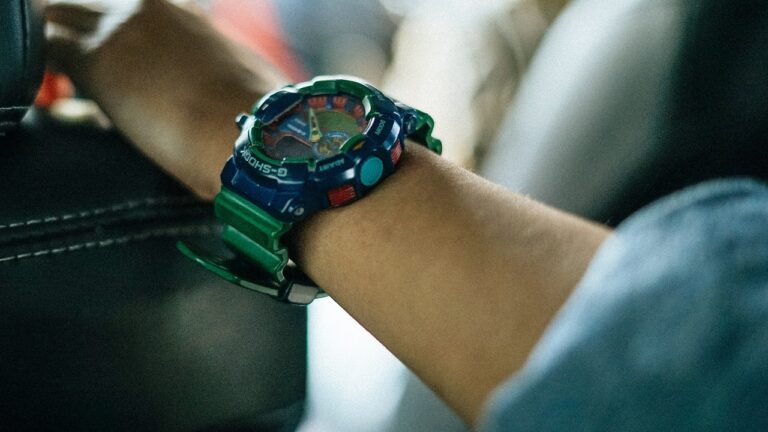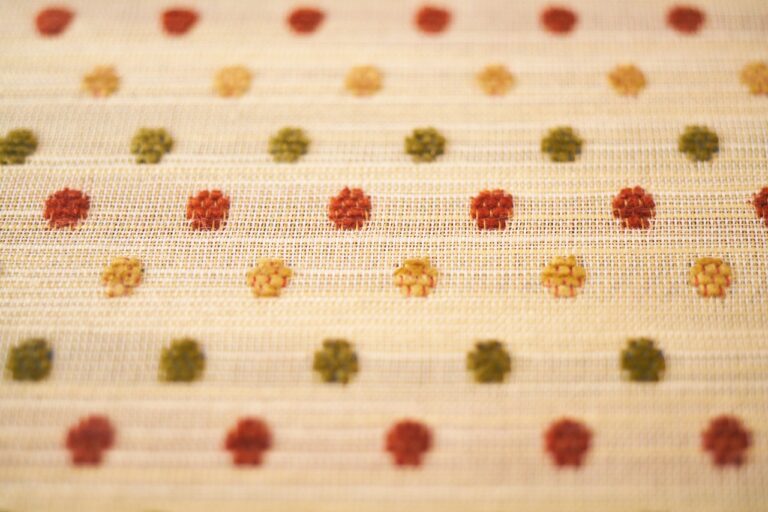The Rise of Sustainable Fashion: How Eco-Friendly Practices Are Shaping the Industry
Sustainable fashion is gaining momentum in the industry as consumers become more conscious of the environmental and social impact of their clothing choices. This shift towards sustainability is reshaping the way fashion brands design, produce, and market their products, pushing for more ethical and eco-friendly practices.
With an increased emphasis on transparency and accountability, consumers are demanding clothes that are made with respect for people and the planet. As a result, fashion companies are investing in sustainable production methods, such as using organic materials, reducing waste and water consumption, and promoting fair labor practices throughout their supply chains. This growing trend towards sustainability is not only driving innovation in the industry but also setting a new standard for fashion that is both stylish and environmentally responsible.
The Impact of Fast Fashion on the Environment
Fast fashion has revolutionized the clothing industry by offering trendy and affordable pieces to consumers at a rapid pace. However, this growing trend comes with a significant environmental cost. The rapid production of cheap garments leads to excessive water consumption, high levels of textile waste, and an increase in carbon emissions.
The fast fashion industry contributes to water pollution through the use of harmful chemicals and dyes in the production process. Additionally, the disposal of vast amounts of unsold and discarded garments further exacerbates the environmental impact. As a result, the fashion industry faces increasing pressure to adopt more sustainable practices and reduce its carbon footprint.
The Rise of Eco-Friendly Materials in Clothing Production
Over the past few years, there has been a noticeable shift towards the use of eco-friendly materials in clothing production. Brands are increasingly choosing fabrics that have a lower impact on the environment, such as organic cotton, hemp, bamboo, and recycled polyester. These materials not only benefit the planet but also appeal to consumers who are becoming more conscious of the environmental implications of their fashion choices.
In addition to the choice of materials, sustainable fashion brands are also focusing on eco-friendly production processes. This includes reducing water usage, minimizing waste, and using non-toxic dyes and chemicals in the manufacturing of clothing. By adopting these practices, brands are not only reducing their carbon footprint but also setting new industry standards for environmentally responsible fashion production.
What is sustainable fashion?
Sustainable fashion refers to clothing that is produced in an environmentally and socially responsible manner. This includes using eco-friendly materials, reducing waste in production, and ensuring fair labor practices.
Why is sustainable fashion becoming a growing trend in the industry?
As consumers become more aware of the impact of fast fashion on the environment, there is a growing demand for clothing that is produced in a sustainable manner. Brands are responding to this demand by incorporating eco-friendly materials and practices into their production processes.
What is fast fashion and how does it impact the environment?
Fast fashion refers to the rapid production of inexpensive clothing that is inspired by the latest trends. The fast fashion industry contributes to environmental degradation through high levels of water and energy consumption, as well as the generation of large amounts of textile waste.
What are some examples of eco-friendly materials used in clothing production?
Some examples of eco-friendly materials include organic cotton, hemp, bamboo, and recycled polyester. These materials have a lower environmental impact compared to traditional fabrics like conventional cotton and synthetic fibers.
How can consumers support the rise of eco-friendly materials in clothing production?
Consumers can support sustainable fashion by choosing clothing made from eco-friendly materials, shopping from brands that prioritize sustainability, and practicing mindful consumption by buying fewer but higher quality items.







